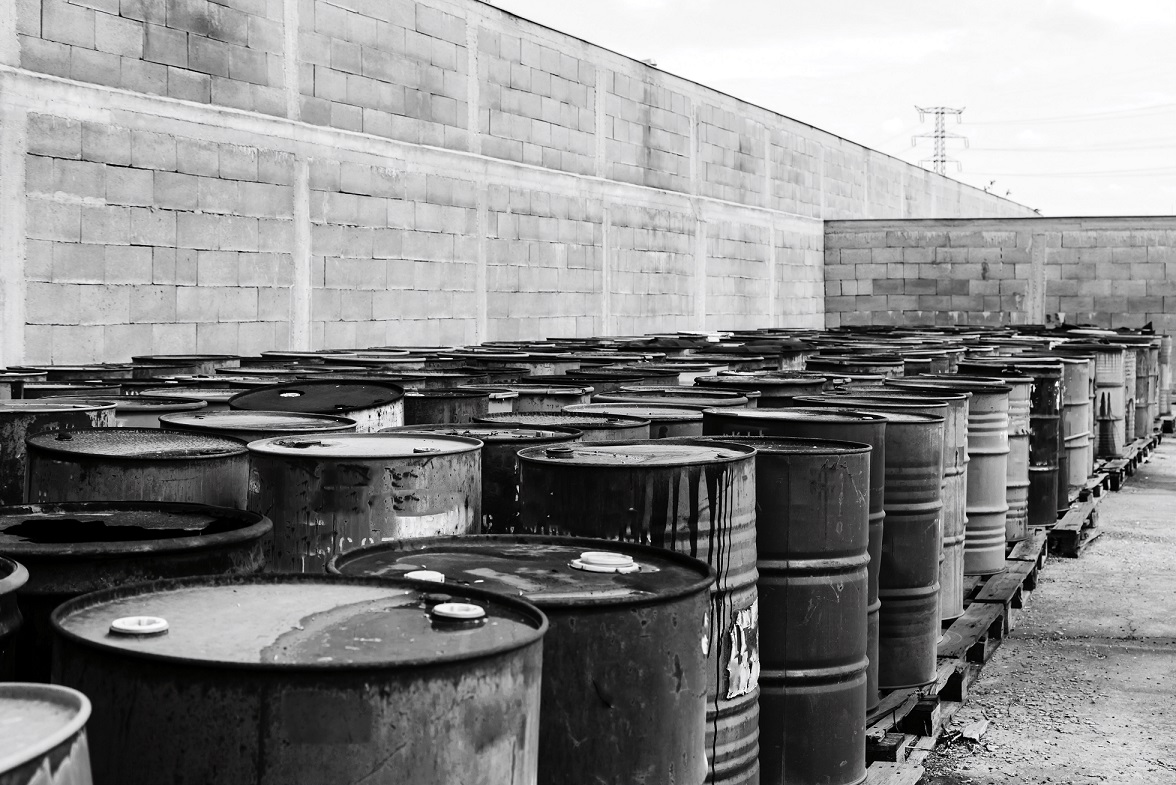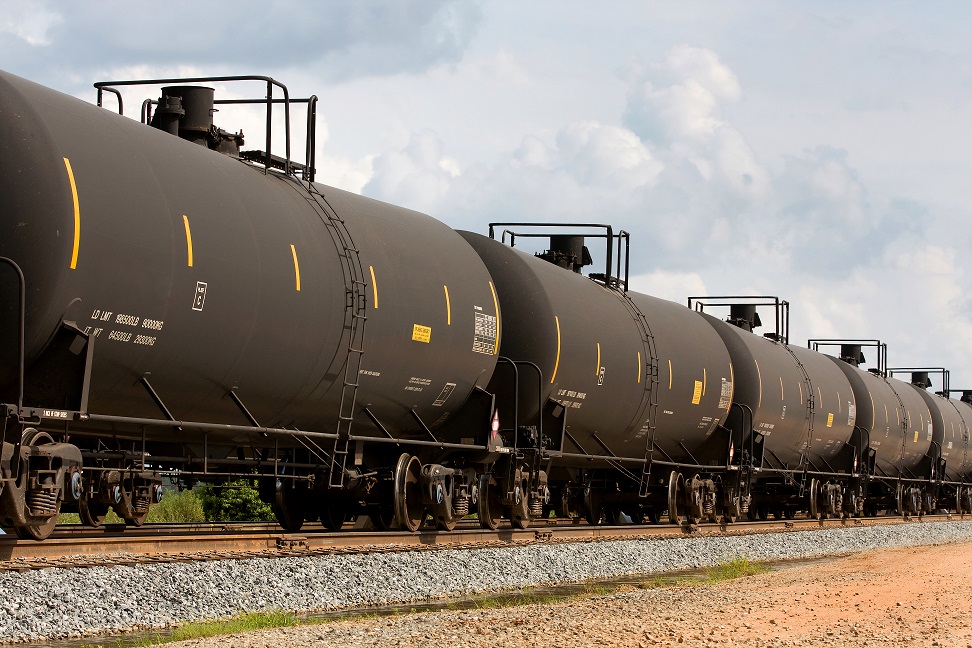On February 22, EPA published new rules for management of hazardous waste pharmaceuticals that will affect healthcare facilities, including hospitals, clinics, dentist offices, nursing care facilities, veterinary clinics, outpatient care centers, pharmacies and drug stores, even supermarkets, that generate, accumulate, or otherwise handle prescription pharmaceuticals. The rule becomes effective six months from the publication date, or on August 21, 2019.
Some pharmaceuticals are regulated as hazardous waste under the Resource Conservation and Recovery Act (RCRA) when discarded. The new rule creates a regulatory program – part 266 subpart P in Chapter 40 of the Code of Federal Regulations – for the management of hazardous waste pharmaceuticals by healthcare facilities (including veterinary) and reverse distributors (e.g., of unused or expired drugs).
Healthcare facilities and reverse distributors will manage their hazardous waste pharmaceuticals under this new set of sector-specific standards rather than the regulations that apply to hazardous waste generators, generally. Manufacturers of pharmaceuticals, however, cannot use these alternative standards, except for their reverse distribution activities.
Continue reading “Don’t Flush Those Drugs! Rules for Managing (Waste) Pharmaceuticals”






